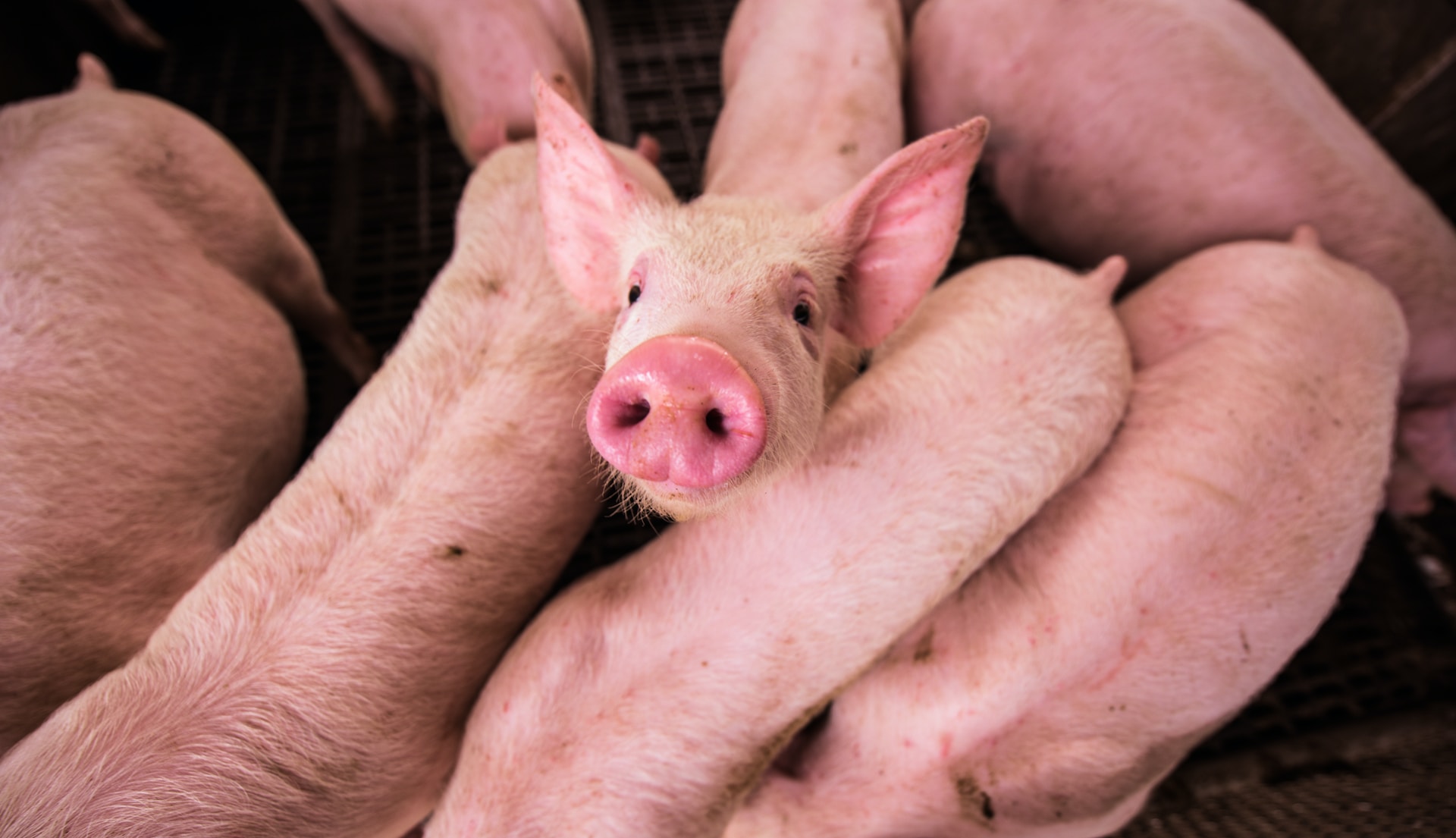Factory Farming
Keeping large quantities of pigs susceptible to influenza in crowded conditions is a risk from a public health perspective. The pigs could enable long chains of infection, leading to more selection pressure. Not vaccinating all pigs with available swine influenza vaccine is further increasing the risk. So far, pigs were only involved in the 2009 H1N1 pandemic, but this may change.
Poultry Litter
Poultry litter consists mostly of poultry excrement and is used as feed for livestock.
Mixing Vessels
Pigs are generally susceptible to influenza virus infections, are farmed in large numbers, and their airways contain a large number of both receptor types associated with birds and mammals. A study in Indonesia during a H5N1 outbreak documented 7.4% of all tested pigs to be infected with H5N1. The pigs showed no symptoms, making outbreaks hard to detect. However, the lack of symptoms may also reduce the individual pig-to-human transmission and pig-to-pig transmission risk. Additionally, it proved difficult to actually infect pigs with H5N1 clade 2.3.4.4b.
H1N1 Swine Flu and Triple-Reassortment
The A(H1N1) [A/swine/Shandong/1207/2016] claims the top spot in the CDC IRAT risk assessment, followed by a human H3N2 virus. H3N2 viruses are quite common in pigs. Both H1N1 and H3N2 viruses are common during human influenza season.
While there are distinctions between human influenza viruses and swine influenza, the characteristics of influenza viruses tend to blur those lines. The evolution of influenza viruses is incredibly complex with repeated inter-species transmission, mutations, and reassortment events. The H1N1 virus which caused the relatively mild 2009 pandemic contained RNA from human influenza, avian influenza, and swine influenza. This is called triple-reassortment. With multiple triple-reassortment events recorded, the abundant prevalence of influenza viruses in swine, including H5N1, the question is why our situation is not worse. An inhibiting factor seems to be that humans tend to infect swine, but swine-to-human transmission is rare.


